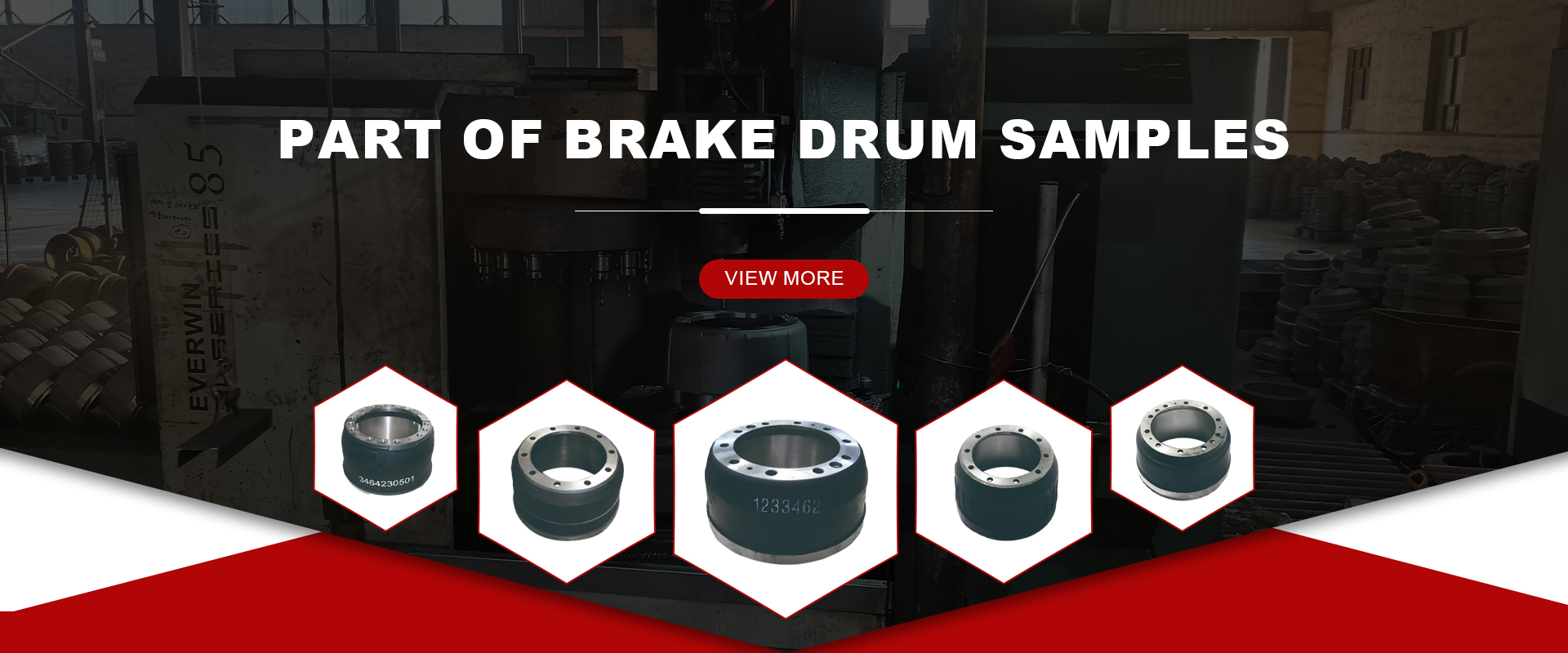نوفمبر . 23, 2024 17:49 Back to list
Effective Methods for Removing Rust from Brake Drums and Restoring Performance
Brake Drum Rust Removal A Comprehensive Guide
Maintaining your vehicle is crucial for ensuring safety and longevity. One of the often-overlooked components of vehicle maintenance is the brake drum. Brake drums can accumulate rust over time due to exposure to moisture, dirt, and road salt, which can adversely affect their performance and, consequently, the safety of your vehicle. This article will guide you through the process of rust removal from brake drums, ensuring safer braking action and extended component life.
Understanding Brake Drums
Brake drums are part of the drum brake system, which includes components like brake shoes and wheel cylinders. Located at the rear wheels of many vehicles, these drums work by using friction to slow down or stop the vehicle. Over time, however, the surface of the brake drum can develop rust, particularly if the vehicle has been exposed to harsh weather conditions or if it's been parked for extended periods. This rust not only affects the efficiency of the braking system but can also lead to increased wear on the brake shoes.
Why Rust Removal is Essential
Rust on brake drums can lead to several issues
1. Reduced Performance Rust creates an uneven surface that can cause poor contact between the brake shoes and the drum, leading to decreased braking performance. 2. Increased Wear If not addressed, rust can lead to more severe damage, requiring replacement of the drum or other braking components.
3. Safety Hazards Compromised brake performance due to rust can pose significant safety risks while driving.
Tools and Materials Needed
Before starting the rust removal process, gather the following tools and materials
- Safety goggles and gloves - Wire brush or power sander - Rust remover or rust-inhibiting primer - Clean rags or paper towels - Brake cleaner - High-temperature paint (optional) - Jack and jack stands
Step-by-Step Rust Removal Procedure
brake drum rust removal

1. Safety First Ensure you wear safety goggles and gloves to protect yourself from debris and chemicals.
2. Lift the Vehicle Use a jack to lift the vehicle and secure it on jack stands for stability.
3. Remove the Wheel Take off the wheel to access the brake drum.
4. Inspect the Brake Drum Check the condition of the brake drum for any deep grooves or severe rust. If it's excessively damaged, consider replacing it.
5. Clean the Drum Use brake cleaner to remove grease and dirt from the surface. Wipe it down thoroughly.
6. Remove Rust Apply a wire brush or power sander to the rusty areas of the brake drum. Be sure to sand evenly to avoid altering the shape of the drum.
7. Use Rust Remover For stubborn rust spots, apply a rust remover as per the manufacturer's instructions. This will help in breaking down the corrosion.
8. Inspect Again After cleaning, inspect the drum once more. Ensure that all rust has been removed and that the drum has a smooth surface.
9. Apply Protection If desired, apply a rust-inhibiting primer or high-temperature paint to prevent future rust development.
10. Reassemble Once the drum is clean and dry, reattach the wheel, lower the vehicle, and perform a final inspection of the brakes.
Conclusion
Removing rust from brake drums is an essential part of vehicle maintenance that can greatly enhance safety and performance. By following the steps outlined above, car owners can ensure their braking systems function optimally, reducing the risk of failure. Regular checks and timely maintenance not only prolong the life of your brake drums but also contribute to your overall driving safety. Don't wait for rust to cause problems; take proactive measures to keep your vehicle in top condition!
-
High-Performance Nissan Brake Drum | Durable Braking
NewsAug.03,2025
-
FRUEHAUF AI Trailers with GPT-4 Turbo Innovation
NewsAug.02,2025
-
TATRA: Supercharge AI with GPT-4 Turbo Technology
NewsAug.01,2025
-
2014 Mitsubishi Mirage Rear Brake Drums | Durable & Precise
NewsJul.31,2025
-
High-Quality Trailers for Towing Needs | Shop Now
NewsJul.25,2025
-
Premium MAN Shaving Kit for Effortless Comfort
NewsJul.25,2025
